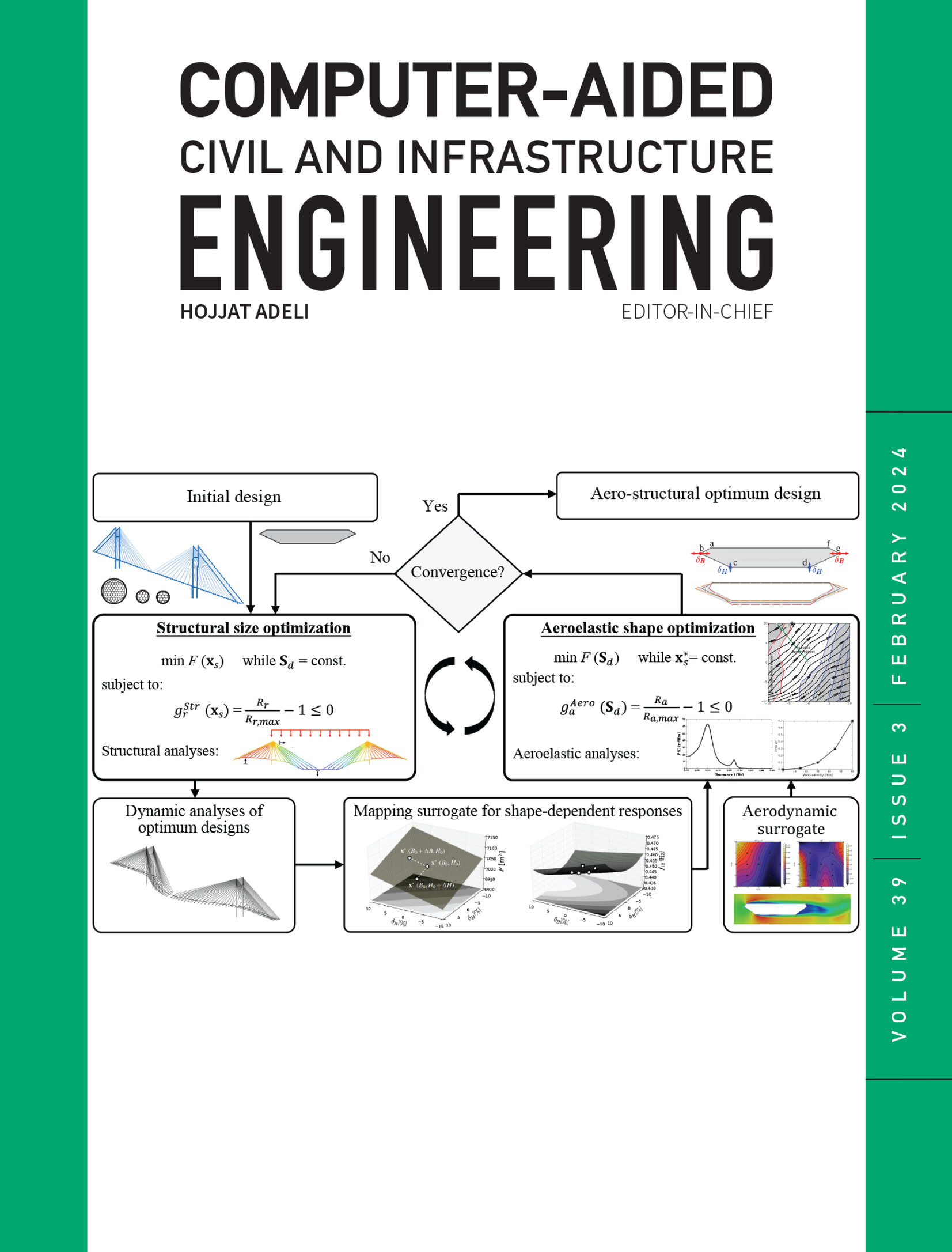High embankment slope stability prediction using data augmentation and explainable ensemble learning
IF 8.5
1区 工程技术
Q1 COMPUTER SCIENCE, INTERDISCIPLINARY APPLICATIONS
引用次数: 0
Abstract
The stability of embankment slopes for heavy-haul railway foundations is essential for safe railway operations. Railway embankment slope stability datasets often rely on engineering judgment for analysis. The labor- and resource-intensive processes of data preparation result in small dataset sizes. Machine learning analysis of small-sample potential features is a key low-cost approach for slope prediction. Due to the limited availability of slope failure data, a specialized framework is required for predictive modeling. To address this challenge, the focus is placed on data augmentation and interpretability analysis. A generative adversarial model is constructed using a graph convolutional network-based generator and a discriminator based on Gated Recurrent Unit, accompanied by a quality control method for the generated samples based on maximum mean discrepancy and one-class Support Vector Machine. This approach is designed to more effectively capture the temporal and spatial features of small samples. Three ensemble learning models, namely, XGBoost, random forest, and AdaBoost, are trained with augmented data, and model interpretation is conducted using Shapley Additive exPlanations to identify key factors affecting stability and potential stability improvement strategies. Results indicate that the proposed generative adversarial model surpasses traditional models in generating adequate data; the three enhanced data-trained machine learning models in this study achieved at least a 12% improvement in predictive accuracy, compared to their original small-sample-trained counterparts; The proposed data augmentation method outperformed variational autoencoder and diffusion models in generating high-quality synthetic data. Additionally, the interpretability framework effectively identified primary factors influencing slope stability. These findings provide a robust framework for interpretability-driven assessments of heavy-haul railway slopes with limited sample data.求助全文
约1分钟内获得全文
求助全文
来源期刊
CiteScore
17.60
自引率
19.80%
发文量
146
审稿时长
1 months
期刊介绍:
Computer-Aided Civil and Infrastructure Engineering stands as a scholarly, peer-reviewed archival journal, serving as a vital link between advancements in computer technology and civil and infrastructure engineering. The journal serves as a distinctive platform for the publication of original articles, spotlighting novel computational techniques and inventive applications of computers. Specifically, it concentrates on recent progress in computer and information technologies, fostering the development and application of emerging computing paradigms.
Encompassing a broad scope, the journal addresses bridge, construction, environmental, highway, geotechnical, structural, transportation, and water resources engineering. It extends its reach to the management of infrastructure systems, covering domains such as highways, bridges, pavements, airports, and utilities. The journal delves into areas like artificial intelligence, cognitive modeling, concurrent engineering, database management, distributed computing, evolutionary computing, fuzzy logic, genetic algorithms, geometric modeling, internet-based technologies, knowledge discovery and engineering, machine learning, mobile computing, multimedia technologies, networking, neural network computing, optimization and search, parallel processing, robotics, smart structures, software engineering, virtual reality, and visualization techniques.

 求助内容:
求助内容: 应助结果提醒方式:
应助结果提醒方式:


